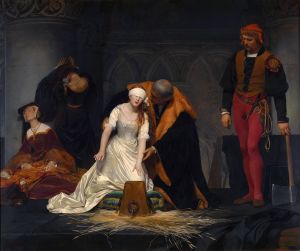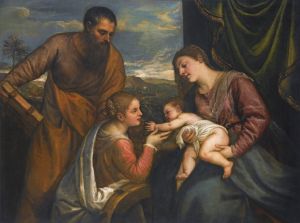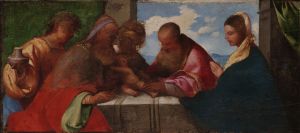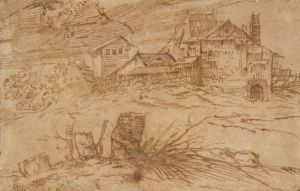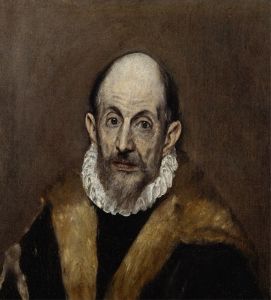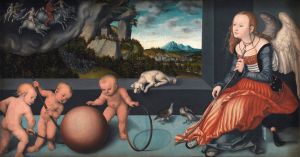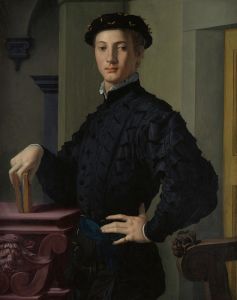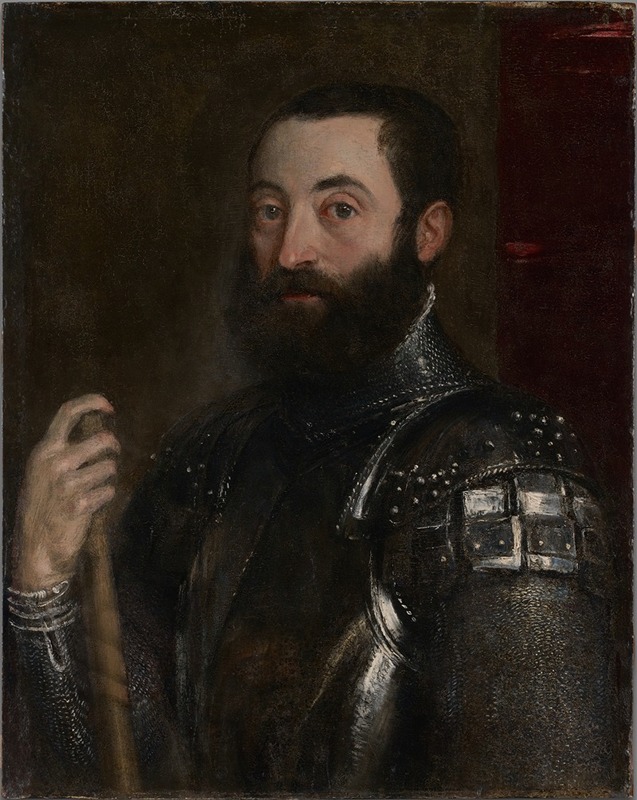
Portrait of Guidobaldo II della Rovere, Duke of Urbino
A hand-painted replica of Titian’s masterpiece Portrait of Guidobaldo II della Rovere, Duke of Urbino, meticulously crafted by professional artists to capture the true essence of the original. Each piece is created with museum-quality canvas and rare mineral pigments, carefully painted by experienced artists with delicate brushstrokes and rich, layered colors to perfectly recreate the texture of the original artwork. Unlike machine-printed reproductions, this hand-painted version brings the painting to life, infused with the artist’s emotions and skill in every stroke. Whether for personal collection or home decoration, it instantly elevates the artistic atmosphere of any space.
The "Portrait of Guidobaldo II della Rovere, Duke of Urbino" is a renowned painting by the Italian Renaissance master Titian. This artwork is a striking example of Titian's skill in portraiture, capturing the likeness and character of Guidobaldo II della Rovere, who was the Duke of Urbino. The painting is believed to have been completed around 1532, during a period when Titian was at the height of his artistic powers.
Guidobaldo II della Rovere was born in 1514 and became the Duke of Urbino in 1538, following the death of his father, Francesco Maria I della Rovere. The della Rovere family was a prominent noble family in Italy, and their court in Urbino was a significant center of Renaissance culture and art. As a patron of the arts, Guidobaldo II continued this tradition, and his portrait by Titian is a testament to the cultural milieu of the time.
Titian, whose full name was Tiziano Vecellio, was one of the most important painters of the Italian Renaissance. Known for his use of color and his ability to convey the personality and status of his subjects, Titian's portraits were highly sought after by the nobility and rulers of Europe. In the "Portrait of Guidobaldo II della Rovere," Titian employs his characteristic use of rich, vibrant colors and a keen attention to detail, which bring the Duke's presence to life.
The painting depicts Guidobaldo II in a three-quarter view, a common pose in Renaissance portraiture that allows for a dynamic representation of the subject. He is dressed in opulent attire, befitting his status as a duke, with luxurious fabrics and intricate details that showcase Titian's mastery of texture and form. The background is typically subdued, focusing attention on the subject and enhancing the sense of depth and realism.
Titian's ability to capture the psychological depth of his subjects is evident in this portrait. Guidobaldo II's expression is composed and dignified, reflecting his status and the responsibilities of his position. The portrait not only serves as a representation of the Duke's physical appearance but also conveys a sense of his character and authority.
The "Portrait of Guidobaldo II della Rovere" is housed in the Uffizi Gallery in Florence, Italy, where it remains an important piece of the collection. The Uffizi Gallery is renowned for its extensive collection of Renaissance art, and Titian's work is a highlight for visitors and scholars alike.
This painting is a significant example of Titian's contribution to portraiture and the broader artistic developments of the Renaissance. It reflects the intersection of art, politics, and personal identity during this period, offering insight into the lives of the Italian nobility and the artists who portrayed them. Through this portrait, Titian not only immortalized Guidobaldo II della Rovere but also left a lasting legacy of his own artistic genius.






